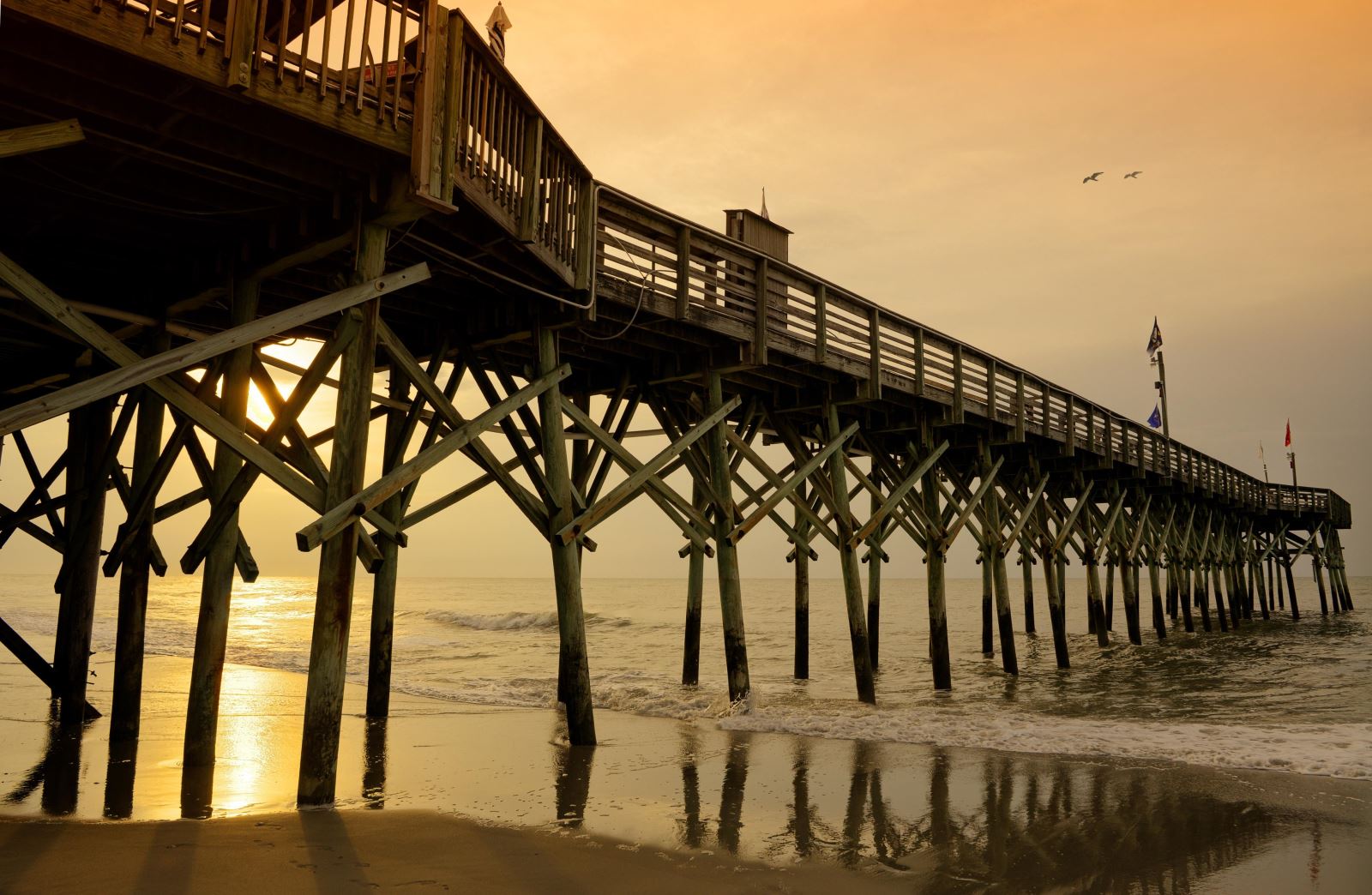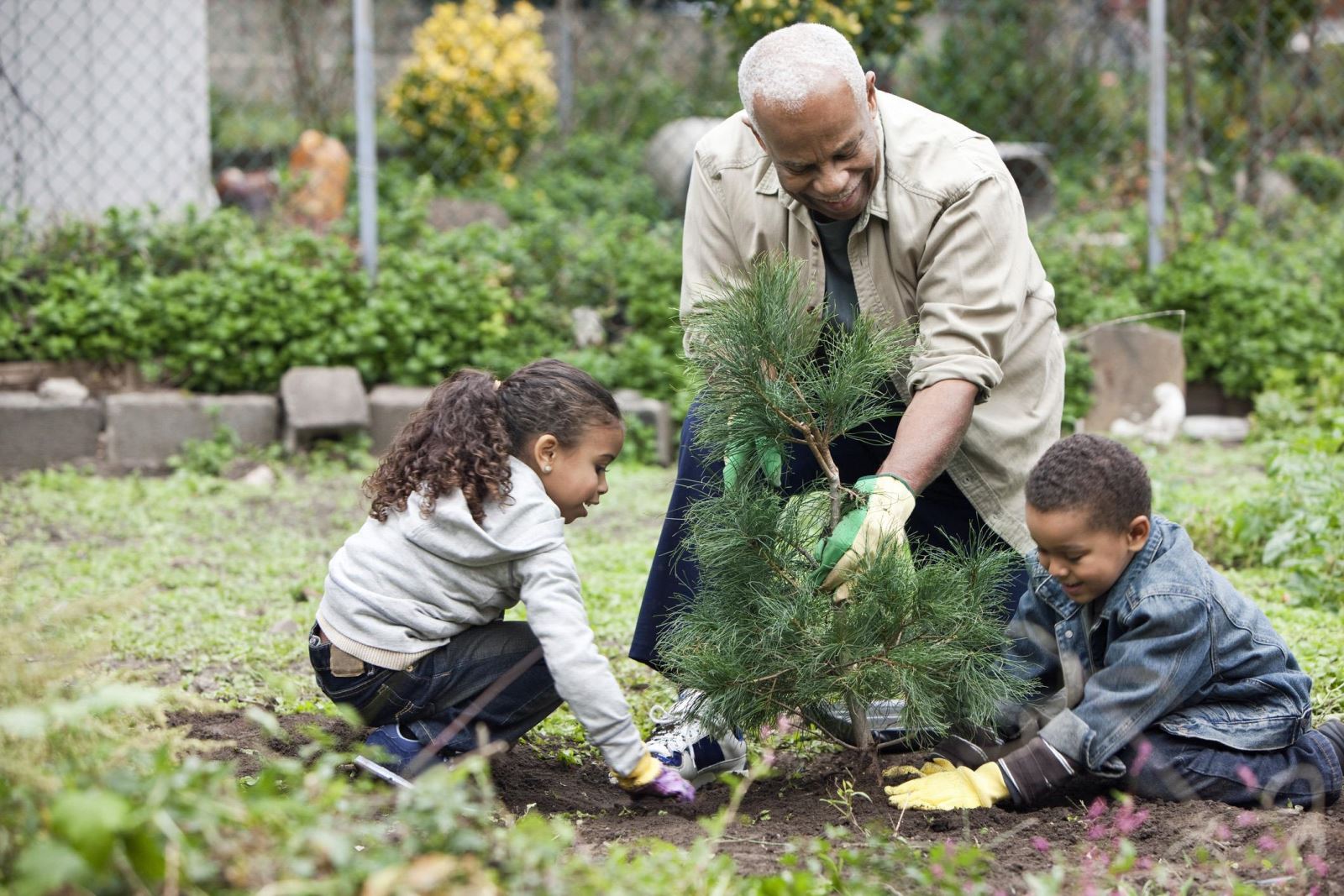
Are you in need of a vacation but would rather skip the cost and the crowds during the busy travel months? You're in luck; fall is considered the shoulder season at destinations across the country, which means you can relax and enjoy America's beauty without breaking the bank.
Shoulder seasons are travel enthusiasts' best-kept secret. Autumn, falling right between the busier summer vacation period and end-of-the-year holidays, offers plenty of affordable options. So give into your wanderlust and start planning with these travel tips for an amazing fall getaway.
1. Watch the weather
When deciding on a destination for fall travel, be sure to research the weather. In some locales, fall is the rainy season. In others, fall is simply an extension of summer. Myrtle Beach, South Carolina, is the perfect example. Temperate weather and warm ocean water, paired with fewer travelers, makes this a prime destination for autumn adventures.
If you're craving fall colors, explore regions with sunny days and crisp nights. National parks are a wonderful option, as they're celebrating the centennial of the National Parks System throughout 2016. Check out Yosemite or Arcadia National Park, both well-known for fantastic fall foliage. Wherever you go, remember fall weather can be fickle. Be sure to select a location with a reliable climate.
2. Analyze accommodations
The shoulder season brings fewer crowds, which means not only a less stressful trip, but also less costly accommodations. Researching location-specific websites, like www.visitmyrtlebeach.com, you will discover many great options, from beach-side bungalows to chic city condos.
Resort costs often drop during autumn months, but so do the costs of private accommodations. House rentals may be the right home-away-from-home for you. Bonus: You might even have some negotiating power during the slow months.
3. Explore eateries
The fall provides a bounty of fresh flavors in regions throughout the country, making this time ideal for foodies or anyone who simply enjoys a scrumptious meal. Some destinations offer "stay and dine" deals to highlight local cuisine at an incredible price, so do your research and make reservations early.
If you want the food to be a central theme throughout your trip but don't want to battle for a table every night, seek destinations with a new or revitalized culinary scene. Underground foodies are flocking to Myrtle Beach, home to many up-and-coming chefs offering diverse flavors that will awaken and surprise your palate, such as liquid nitrogen tuna at The Chemist, Low Country egg rolls at 2nd Avenue Pier, or mango gazpacho at Chive Blossom.
The secret's out: fall may just be the ideal time for a vacation. Because you'll get more for less, you may just make it an annual tradition. (BPT)








